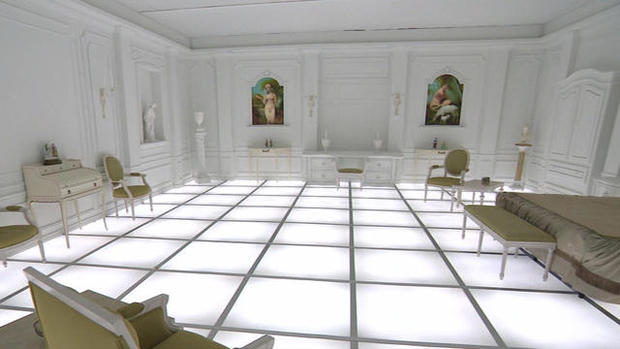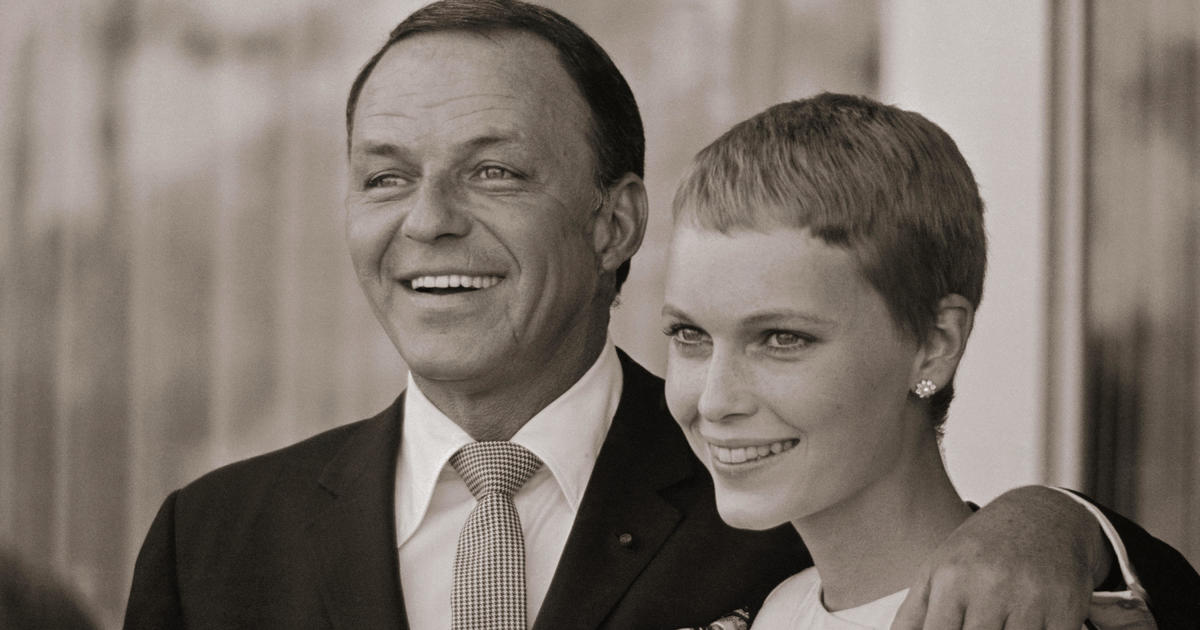Smithsonian celebrates 50th anniversary of "2001: A Space Odyssey"
Fifty years ago this week, "2001: A Space Odyssey" captured the nation's imagination with a scientifically plausible vision of space travel. Now a new Smithsonian exhibit celebrating the film's anniversary aims to make visitors think about our place in the universe. A replica of the hotel room seen at the end of the movie will open this weekend at the National Air and Space Museum in Washington.
Before the world watched live as Neil Armstrong took that one small step for mankind on the moon, director Stanley Kubrick and writer Arthur C. Clarke captured the nation's imagination with their groundbreaking film, "2001: A Space Odyssey."
A mission to Jupiter exposed the cast to possibilities of extraterrestrial life and the ship's artificial intelligence computer, HAL 9000, gone rogue.
While it initially earned mixed reviews, the film gained a cult following – even if the ending left many baffled.
Martin Collins, the curator of the Smithsonian's Air and Space Museum exhibit, says the recreation of the iconic hotel room is intended to make you think.
"Are we alone in the universe and if we encounter extraterrestrial life, how might that experience change us as well?" Collins said.
A new book called "Space Odyssey: Stanley Kubrick, Arthur C. Clarke, and the Making of a Masterpiece" by author Michael Benson (published by Simon & Schuster, a division of CBS) looks at the four-year production of the film.
"We're still talking about '2001' 50 years later because for one thing, the film deals with four million years of human evolution," Benson said. Benson said the film sparked the rise of science fiction in Hollywood.
"The human characters in '2001' seemed semi-automated and robotic, and the only real human character was HAL, and this was definitely Kubrick's intention to raise these kinds of questions," Benson said.
A year after the film became a blockbuster; Arthur C. Clarke appeared on CBS News alongside Walter Cronkite to cover the launch of the Apollo 11 moon mission.
"I didn't imagine it would be in my lifetime," Clarke said in July 1969.
Clarke, whose collection of works is now archived at the Smithsonian Air and Space Museum, said he was already thinking about travel to Mars and beyond.
"I am excited, yet it's familiar, a feeling of familiarity about all of this. And now of course I am thinking about the next thing," he said.
But Cronkite wanted an answer to the question on everyone's mind, asking Clarke to explain the ending of the movie.
"Would you like to tell me what that's all about?" Cronkite said.
"No, I don't think we have time," Clarke responded with a laugh.
Fifty years later, the debate over the ending is still going. The exhibit opens to the public Sunday. Admission is free, but if you want to avoid lines, you'll need to reserve a timed ticket in advance.




